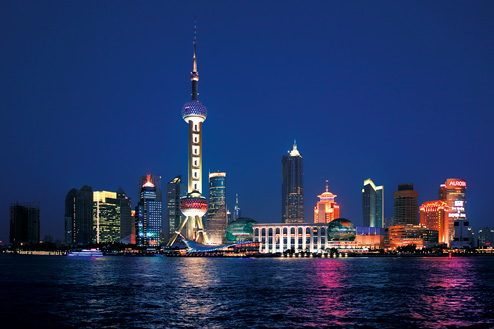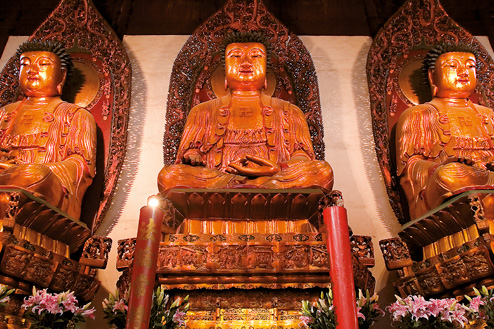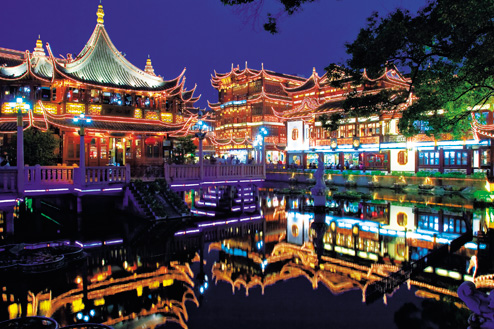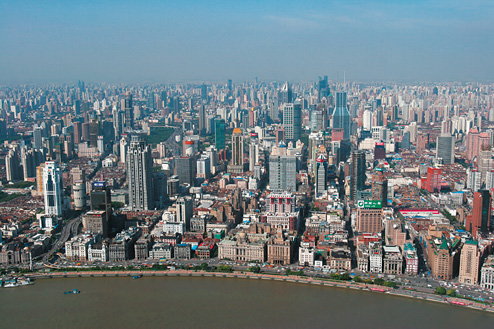History
Shanghai’s history may be just a snapshot in time compared with that of China, yet it has played a pivotal role in helping to shape the country as it is today. The origins of China go back more than 4,000 years, to the Bronze-Age Xia and Shang cultures. They were mostly in the north, whereas the Zhou, who followed them about 3,000 years ago, spread down from present-day Shaanxi province to the Yangtze River after shifting their capital from Xi’an farther east to Luoyang. Little could they have realised how important this mighty waterway would become. The next 500 years were a black period of warring kings and states, brightened by the appearance, in what is now Shandong province, of Confucius, the sage and teacher whose philosophies have stood the test of time. A quarter of a century later, the first Chinese empire was united under emperor Qin Shihuangdi. It was the mighty Qin who left an incredible time capsule of the period with the burial of an entire army of terracotta warriors and their horses. Under the Han Dynasty, the Silk Road was established, bringing China into contact with the outside world for the first time and taking its treasured silk far into central Asia and on to Rome. For more than 1,500 years, the Silk Road caravans would snake their way through deserts, across plains and over mountain passes, taking their precious cargo west and bringing culture, influences and travellers east. Marco Polo was such a traveller, if legend is to be believed. The Venetian explorer is said to have spent 17 years in China in the late 13th century, and in his journal claimed he was governor of Yangzhou, a town near the junction of the Yangtze and the Grand Canal, for three years. This was during the period of Mongol rule over China; the Southern Song capital, Hangzhou, falling to them in 1276. The Mongols were chased out and Chinese rule re-established with the Ming, whose leader, Zhu Yuanzhang, set up his capital at Nanjing before it was moved to Beijing.













